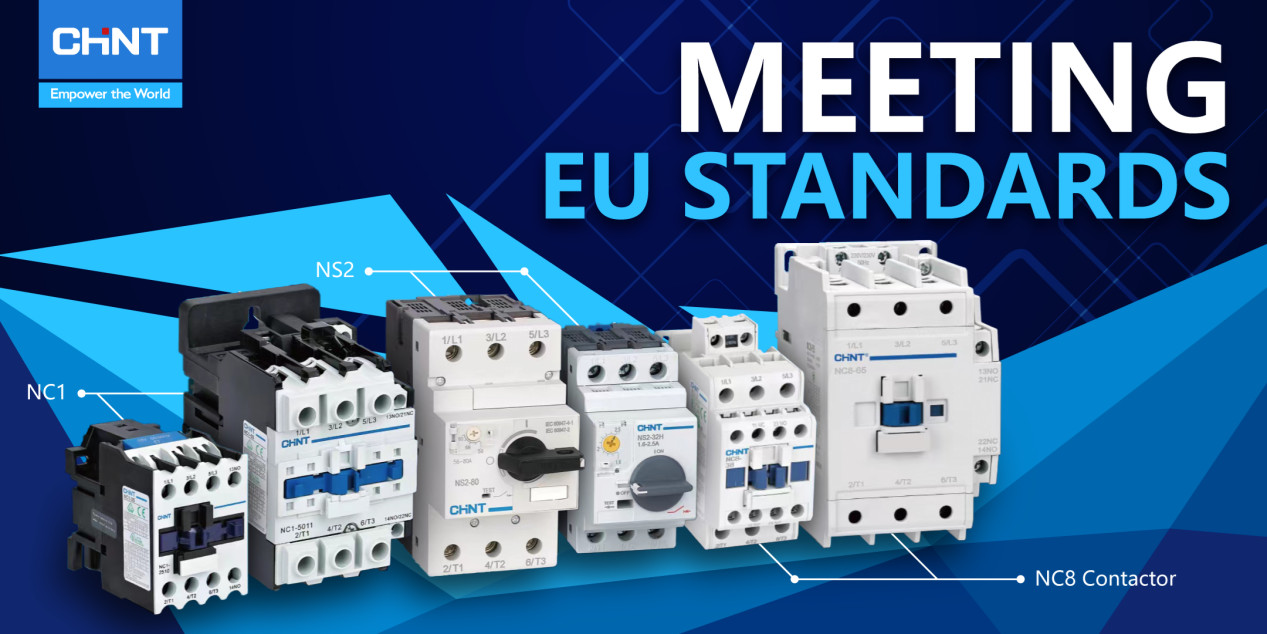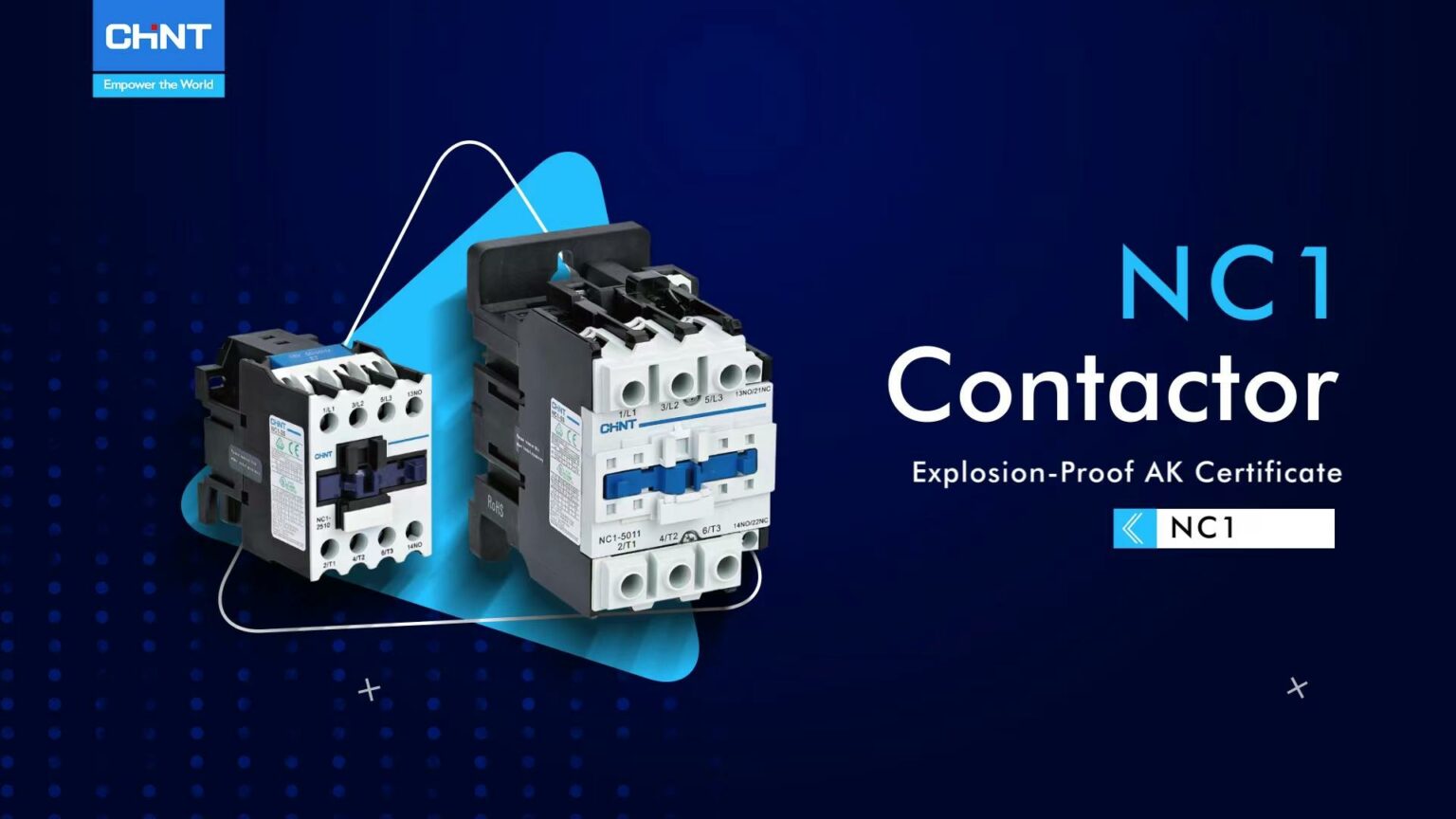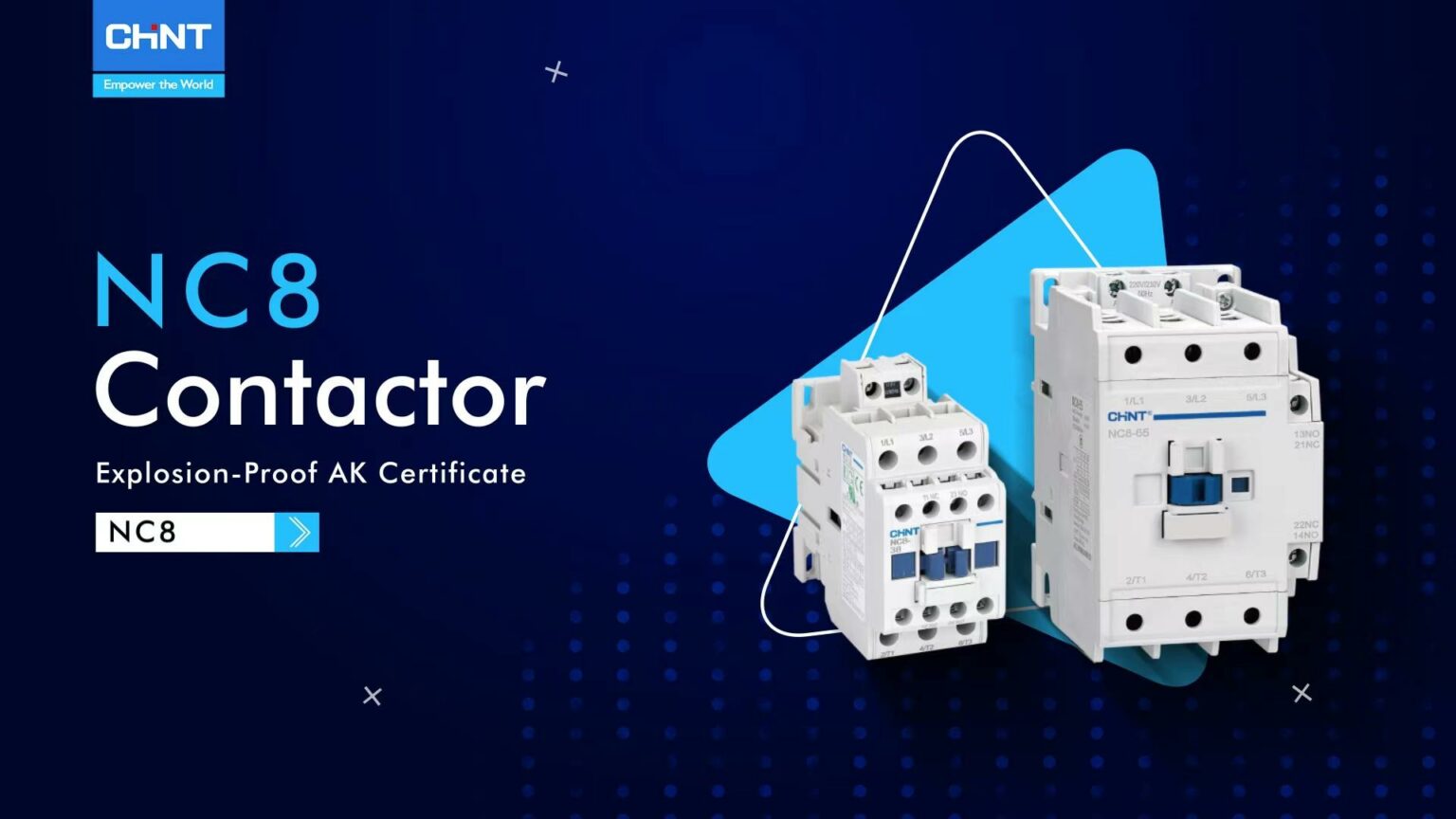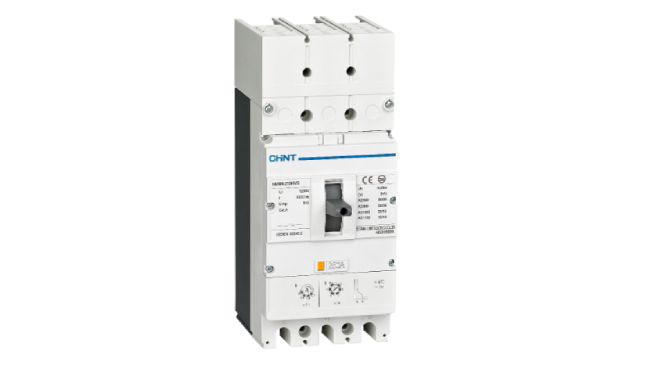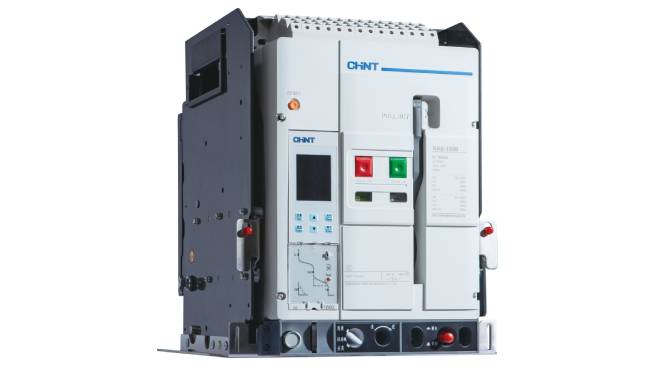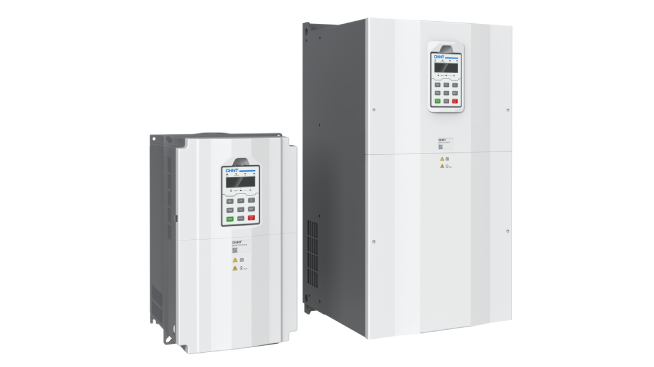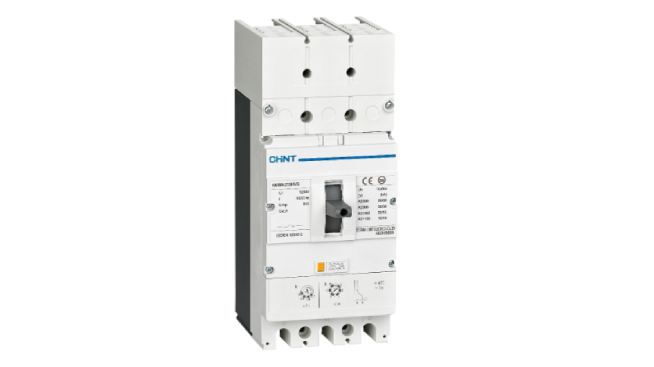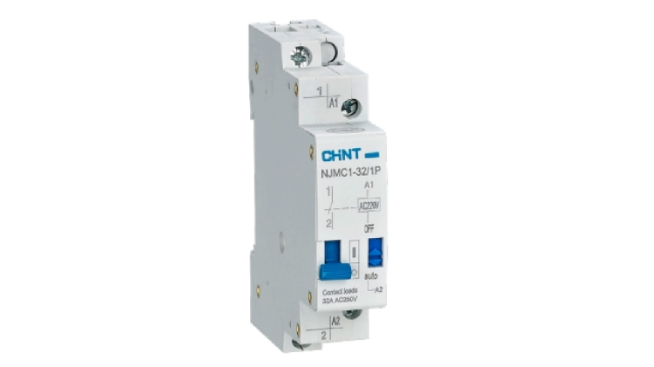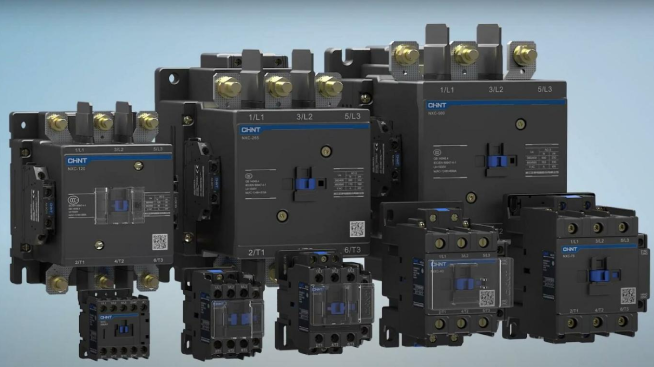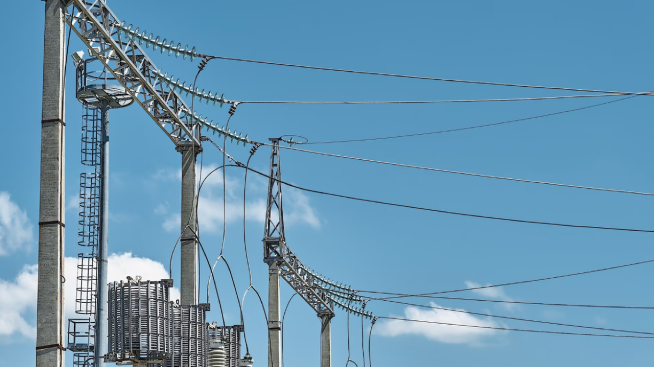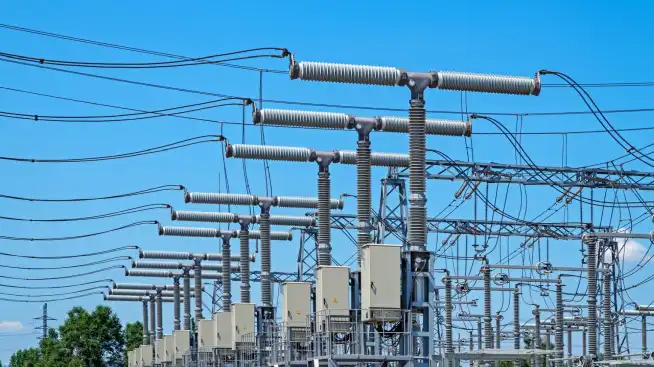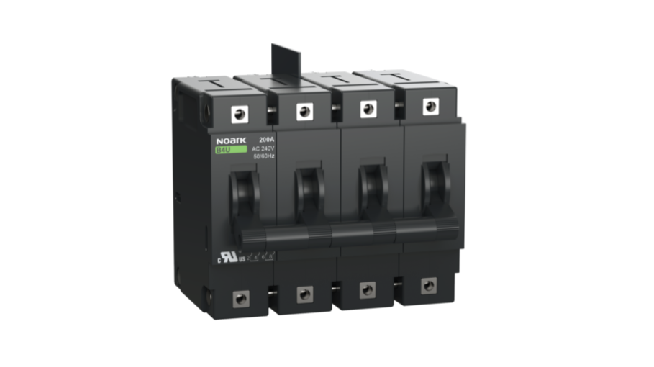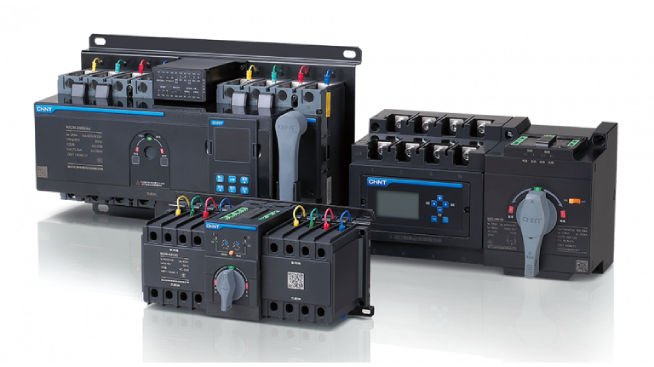Table of Contents |
BACKGROUND
With the increasing awareness of environmental protection around the world, Europe is vigorously switching towards climate-friendly cooling solutions and accelerating the application of environment-friendly refrigerants, more attention has been paid to industries of HVAC.
Based on the regulations blow, OEM companies of the HVAC industry should choose specific components which comply with the corresponding safety standards (mainly IEC 60335-2-40:2018). The deadline is 2024.
- Regulation (EU) 2016/2281 – Ecodesign rules:
- F-Gas regulations EU 517/2014 & 2068/2015
THE TREND OF REFRIGERANTS
If you have worked with HVACR in any way, whether as a consultant, installer, service engineer or corporate user of heat pump equipment, you may have heard about the move to a new refrigerant known as R32.
Until 1994, R22 refrigerant of choice throughout the air-conditioning industry. But with the recent environmental and developmental policies across the globe, the movement is going toward the new refrigerant R32.
R22 is a Hydrochlorofluorocarbon (or HCFC), and unfortunately, releases of HCFCs are proven to deplete the Earth’s protective ozone layer and contribute to climate change. This is why R22 has now been banned in Europe in all forms, and refrigerants that did not contain ozone-depleting chlorine were introduced.
R22 was completely phased out at the beginning of 2015 under the Montreal Protocol and we are already seeing the ozone layer repairing itself with current predictions that it will be fully repaired by around 2050.
From 2006 though, the market moved to R410A refrigerant (also an HFC) which offered higher efficiencies achieved by operating at higher pressures. R410A is a mixture of R32 and R125 that which enable it to operate at these higher pressures.
However, R410A are known as greenhouse gases and are partly responsible for the greenhouse effect on the Earth. In 1999, the Kyoto Protocol on global warming listed HFC refrigerants that were contributing to global warming.
This turn led to the introduction in Europe of the F-Gas Regulations and at the start of January 2015, the next stage of the F-Gas laws was introduced which detailed the phase down of HFC refrigerants.
ENVIRONMENT-FRIENDLY REFRIGERANTS - R32
Developing more environment-friendly refrigerants are necessary to reduce the impact of these gases on the environment.
Then, the R32 became the alternative, which is highly efficient, environment-friendly, and energy-saving, and it became one of the most popular refrigerants in the world. While you may not physically see it every day, I can assure you that it is riding in the back of your service van as you travel from customer to customer.
With the wide spread of R32, there became a significant rise of usage in a residential and commercial air conditioners. The rise started from Eastern countries such as Japan, Korea, and India which eventually made its way to Australia. Japan alone has over ten million R32 units installed and running. These countries are using R32 as an alternative to the higher Global Warming Potential (GWP) of R410A Puron.
R410A has a GWP of 2,088 meaning that if one kilogram is released into the atmosphere it would have 2,088 times the harmful effect of one kilogram of carbon.
That is why we are now seeing a move to a new refrigerant – R32, which shaves the R410A’s current GWP by 66.6% and it only has a GWP of 675.
That’s a nearly seventy percent decrease in GWP just by using R32 over R410A. This switch from R410A over to R32 has also begun to pick up speed over in the European Union.
ANY DRAWBACK TO USE R32?
These are the criteria make the perfect refrigerant.
- Environment
- Energy
- Efficiency
- Safety and Economy
Unfortunately, all refrigerants cannot come to a close perfect since each refrigerant has its own strong and weak points which are dependent on the type of product it will be used for.
Many major air conditioning manufacturers have determined that R32 is the optimal choice for use in their products because of the benefits, high efficiency, and environmentally safer options.
However, we have to take a risk. The R32 is a mildly flammable gas that belongs to the A2L class of refrigerants. As an A2L gas, R32 is less flammable than A2 and A3 (such as propane or butane) refrigerants. It also has a slower flame propagation or burning velocity than A2 and A3 refrigerants.
Also, keep in mind that R32, as a chemical, can still be toxic. However, it has a lower toxicity level compared to A2 and A3 refrigerants.
So while it is a great option for many, we should be aware that R32 must be handled with proper care and attention.
CHINT SOLUTION FOR A2L REFRIGERANTS
The machines must be adapted to new safety requirements, which include electrical control and protection elements.
As a global smart energy solution provider, CHINT promotes the international certification of heating, ventilation, and air conditioning (HVAC) products, effectively guides the development of power products towards low-carbon goals, and helps global HVAC customers save energy and reduce carbon emissions.
On August 30, 2022, CHINT obtained the HVAC Explosion-Proof AK Certification from TÜV Rheinland, a global leading independent third-party certification authority, marking CHINT’s new milestone in ESG localization and the company’s upgrade of products in response to refrigerant in the heating, ventilation, and air conditioning (HVAC) industry.
The certification accredits CHINT’s 12 low-voltage products in 3 series, including the contactor and the motor starter, which can be applied to different application scenarios and future trends in the HVAC industry.
The 12 products can provide all-sided functions in the mechanical part of HVAC equipment control and protection, such as compressor, pump, e.t.c.
The CHINT NC1 and NC8 series AC contactors are suitable for turning on and off AC motors, remote making & breaking circuits, and can also be used with proper thermal overload relay together as an electromagnetic starter to protect circuits from overload.
The NS2 series AC motor starter can be used for motor overload, phase break, short circuit protection and infrequent starting control of three-phase squirrel-cage motor, can be used as distribution line protection and infrequent load conversion, and can also be used as an isolator.
CONCLUSION
Great developments in reducing environmental risks across the globe has brought innovation to find less harmful refrigerants to be used in HVAC industry. While R32 might be lower in GWP than R401A, there are still improvements needed to reduce the effects of these refrigerants.
We believe it can be seen that the R32 will also be replaced by a more safe, more efficient refrigerant in future. In the meantime, we should get used to seeing a wider use of R32 in the foreseeable future.
CHINT has always been a strong player in the green energy industry, fully meeting customer needs, and exploring a green, highly efficient, environmentally friendly sustainable path of development.




